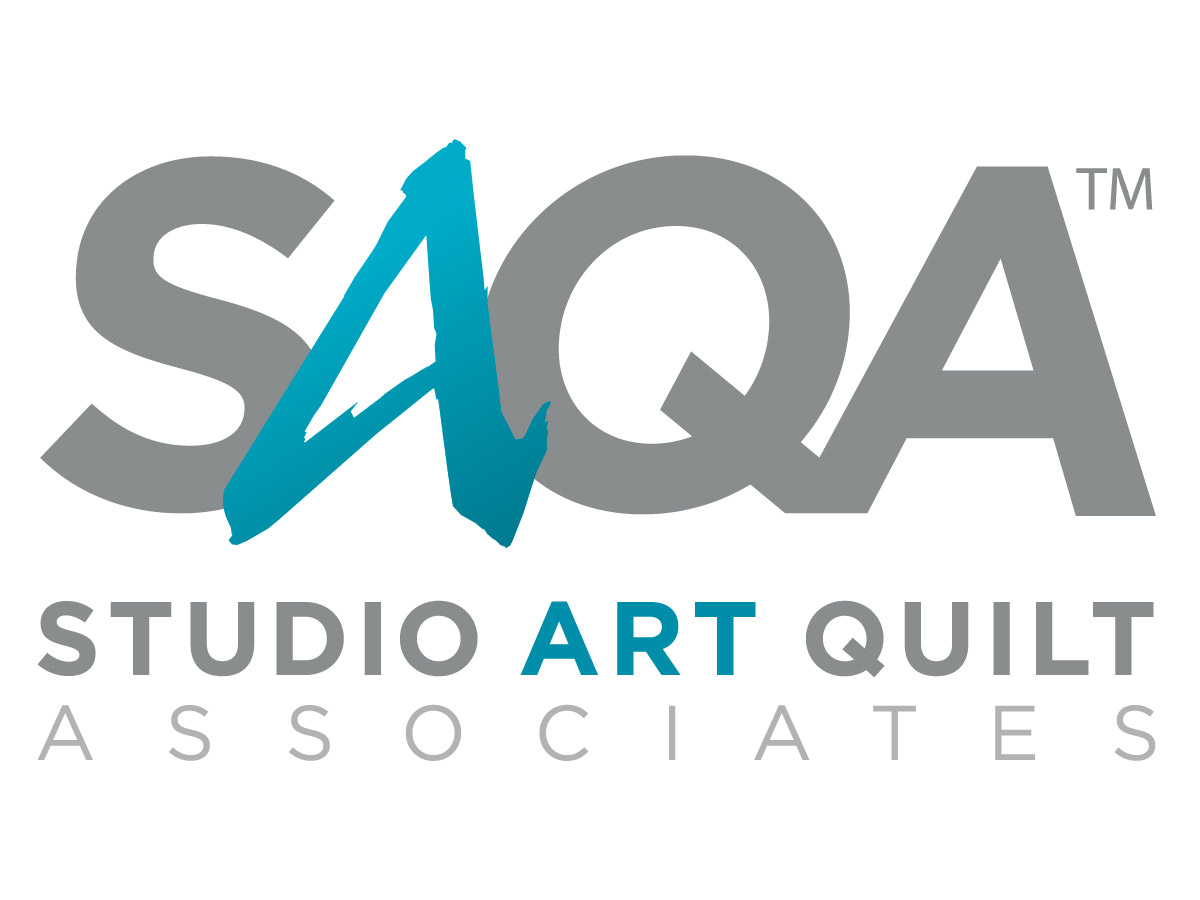During the month of September, I continued working on the trio of art quilts that I posted about on July 31. Each piece consists of complementary tertiary color pairs (yellow/orange with blue/violet, yellow/green with red/violet, and red/orange with blue/green). The diameters of the nested circles are based on the proportions of the Fibonacci sequence – 1,2,3,5,8,13,21. The vertical sections use the Fibonacci proportions – 1,2,3,5.
I finished these at the beginning of October. Here are my 3 pieces as they will be hung in the FYBR 2RT exhibit. Each one is 20 x 20 inches. They are mounted on wrapped canvases.

Initially, I thought I would create 3 different designs – one for each piece. But I liked this design so much, I decided to use it for all of them, and let the colours and values be the differentiating features.
I didn’t realize until I saw them all together how different they each are. You can see from the black & white version below that the placement of the dark and light values makes each piece unique.

This is my artist statement:
One design; three very different looks. Each of my pieces use the same layout of asymmetric nested circles based on the Fibonacci sequence. What makes each piece unique is the variety of colours and the interplay and juxtaposition of dark and light values.
After writing the statement, I decided on the title – Interplay and Juxtaposition.
Here are the 3 pieces.



. . . .
I’m linking up with Nina-Marie’s Off the Wall Friday.
. . . .






Congratulations! Just wonderful
I love all three designs using the same pattern. Brilliant and very lovely colour play. If you like, please share how you include the very thin lines in your work… perfectly executed.
Thanks, Bethany! The thin lines are made by leaving very thin gaps between the fused fabric pieces, allowing the felt background to show through.